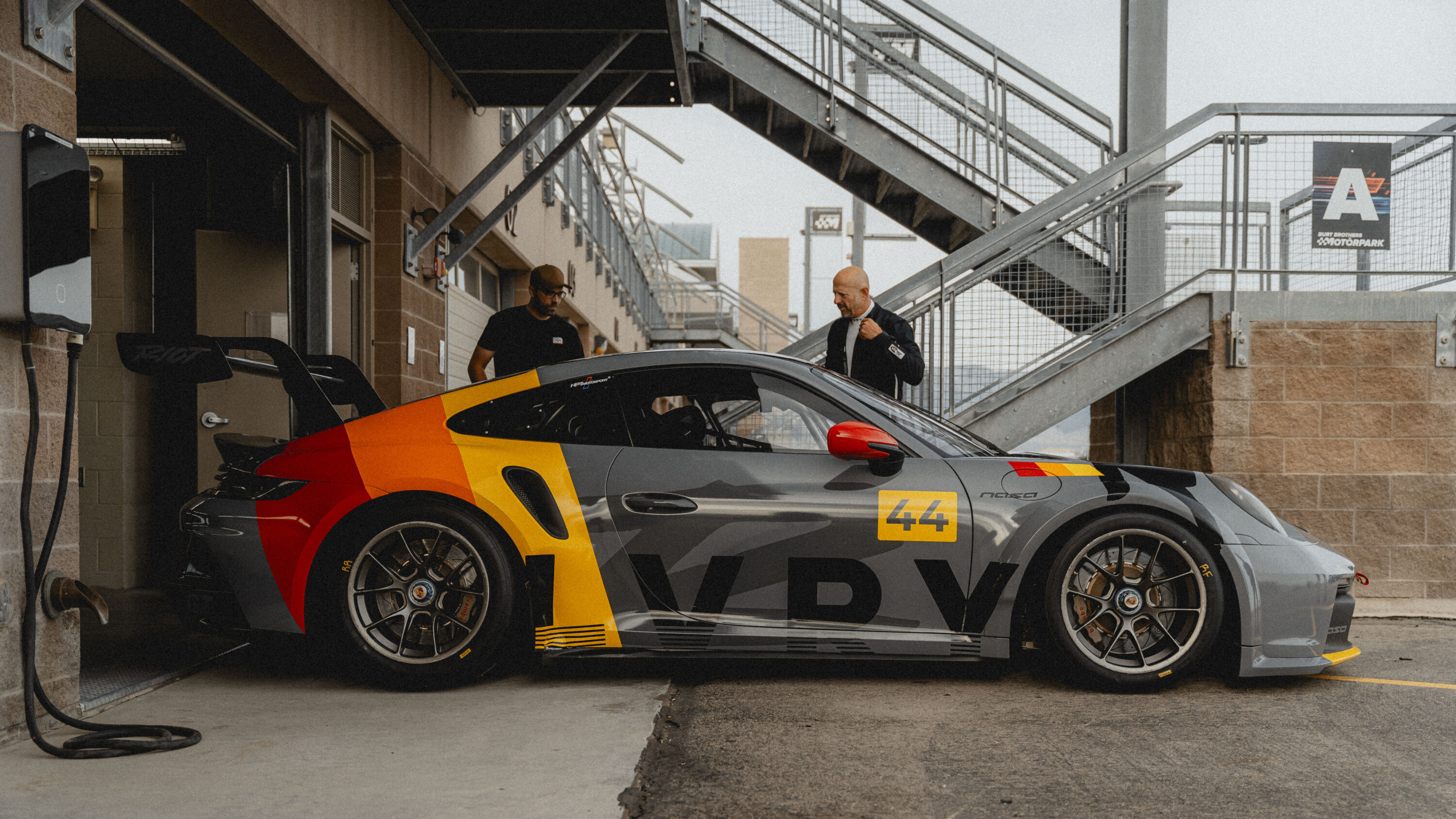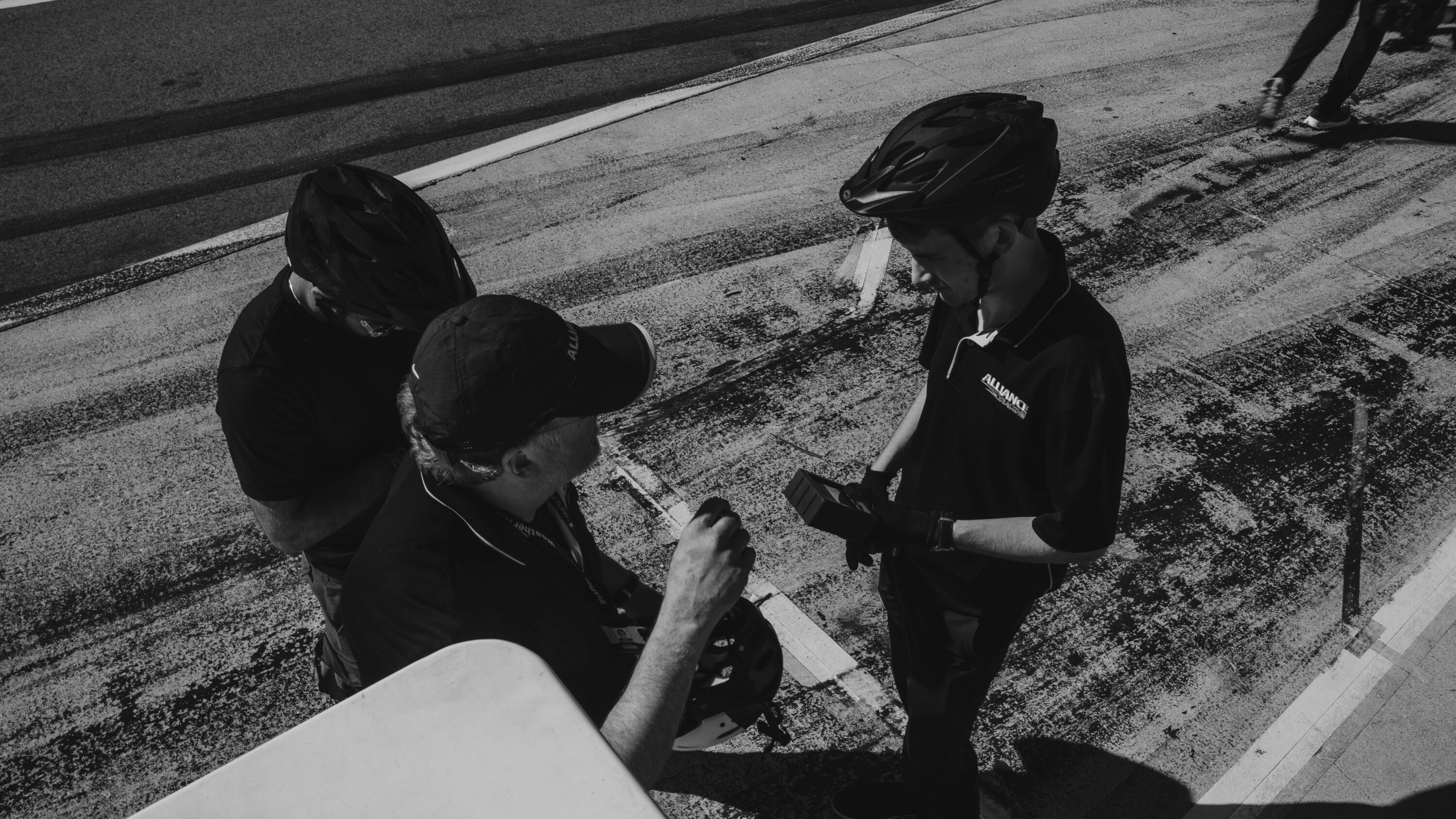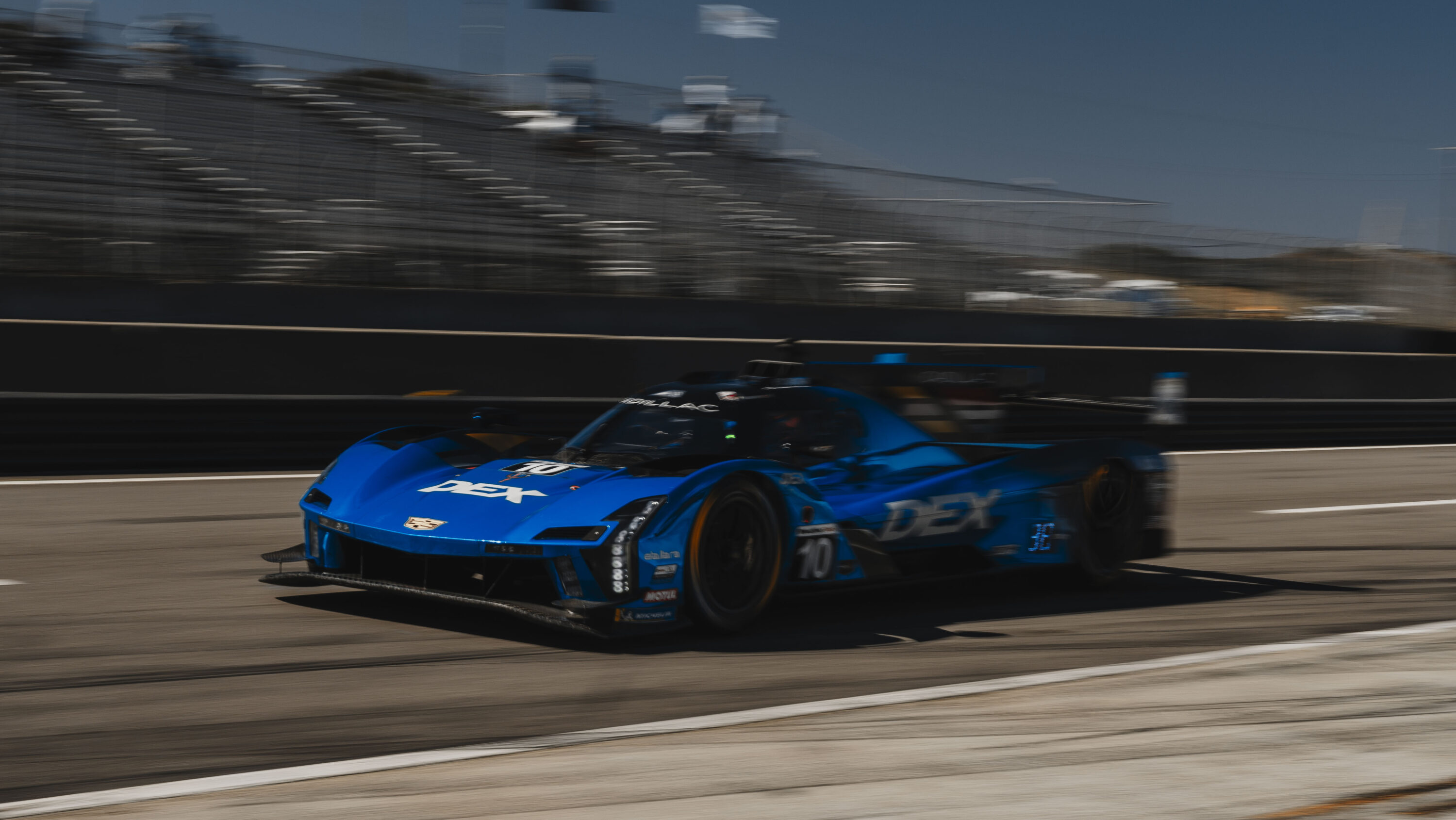Using data to understand where you got faster and why
In the wake of running NASA Utah Round 1 at my home track of Utah Motorsports Campus’s Outer Loop, I took a look at my fastest lap and compared it to last October — the inaugural race with the new-to-me NB Spec Miata.
I was faster. A LOT faster.
3.1 seconds faster, to be precise.
Where did all of that time come from?
I made significant setup changes to my car based on my notes from last year. I knew which corners I was losing-out on to my competitors in and had a theory that I needed more negative camber.
That theory proved well-founded. The car felt stable and capable at higher speeds. I felt the ability to “lean” on the car into corners at higher speeds — what an amazing feeling!
How Much Faster Did I Go? Where?
Using a data system, the most-basic measure of performance is our speed/distance graph. It shows us squiggly lines that tell us how fast we are going at any point on a race track.
When comparing two laps, we can begin our investigation in the corners:
- What are our minimum corner speeds?
- What are our maximum straightaway speeds?
Looking at my own data, I found improvements across the board in the Minimum Speed category:
- T1: 5mph
- T2: 2mph
- T3: 5mph
- T5: 4mph
- T6: 3mph
- T8: 2 mph
- T11: 1.5mph
- T13: 4.8mph
- T14: 2mph
- T15: 2mph
Seeing speed improvements above the 2mph mark is outstanding (and just goes to show how much opportunity I was leaving on the table!).
That said, let’s zoom in on T11 (Tooele Turn), which had the lowest marginal improvement.
What Is 1mph Worth?
In the right corner — a lot. Looking at the data (fast lap in blue, slower lap in red), I was able to determine the impact of carrying more speed.

Tooele Turn is a deceptively high-speed corner that feeds onto the 2nd longest straightway on the track. My minimum speed went up from 66.8mph to 68.2mph (details matter — and I love GPS speed logging!)
Looking at all other data, the only thing that improved was my cornering speed — my throttle lift and application points are nearly identical (so it’s not like I was able to get to throttle earlier or go deeper into the corner).
The gain: 0.35 seconds
That 1.4mph resulted in 10% of my overall lap time improvement!
Put that marginal gain with a lot of other, much larger marginal gains and… 3.1 seconds starts to add up pretty quickly!
Where I Gained the Least Amount of Time (kind of)
Short answer: the straightaways.
We are all experts at mashing the skinny pedal down and, fortunately for me, my capabilities in last October were good-enough that my corner exit execution was apparently pretty decent.
Once we straighten the wheel and put the power down, our cars get up-to-speed the same way every time (mechanical improvements/issues notwithstanding).
So, if we are 1mph faster in a corner, then we get to add that 1mph to every second we’re going down the straightaway. The longer the straightaway — the bigger the payoff.
That said, those are the “easy gains”. Focusing on getting the car to be “happy” in corners earned me those corner-exit miles-per-hour.
Digging Deeper
To further validate that my setup made the difference, I looked at a handy function in AiM: G-Sum

G-Sum adds up our latitudinal (turning left/right) and longitudinal (acceleration/braking) G-Forces and adds them together.
Samir, founder of Your Data Driven, provides a great overview of this function, which I will not try to recreate.
In this example, my blue lap was faster – I could see this in the higher speed trace across the entire corner, but looking at G-Sum, I can also see that I do a better job of transitioning cornering force into acceleration force. My blue lap has a higher and smoother arc as compared to my red lap in this part of the corner.
That said, the TL;DR is this:
Smoother G-sum curves are better. The smoother you transition from braking to turning, then accelerating, the more speed you’re carrying overall in the corner.
I saw a consistent theme where my G-Sum was always a bit higher, a bit smoother in my faster lap. This means I’m able to carry more speed into the corners (cha-ching!) and with fewer “bobbles”. The setup is working!
Now… What Can I Do To Go Even Faster?
Looking at a couple of key corners, I’m noticing some dips in what should be a nice, smooth arc. Especially when comparing to my brother where he is faster in certain corners.
I’m Blue, Blake is Red. I’m discounting the frequent variation in his arc due to a different sampling rate between our AiM dashboards – haven’t sorted-out how to smooth his arc, yet. Blake is significantly faster in a few corners, so I know I have things I can learn from his data.
T1:

T5:

T1 has a plateau as I build my gSum to it’s maximum level for the corner and T5 has a valley. Comparing this to Blake, I’m just a little slow in the mid-corner phase of T1 and corner-entry phase of T5.
This means that I am not trail-braking as efficiently as I could! I’m leaving usable traction “on the table” as I enter these corners. It may also indicate a late turn-in for T1.
To approach improving this, my plan is to gradually attempt to carry a bit more speed into the corner on entry, possibly a bit later in the corner. This will involve trying braking later, braking lighter, and adjusting my turn-in points and how quickly I “wind” the wheel.
Want Your Data Analyzed?
If you’re running an AiM unit and are wondering where your greatest opportunities lie, reach out! Send me a note at greg@lvry.co







Spec Miata 81
T5 GSum. You over-brake (brake too long in a straight line), Blake releases the brakes earlier (trusts the car more). The extended braking may have unbalanced the car so you had to wait before loading the front, hence your valley while Big Brother is maintaining G’s. Brake timing and rate of release can fix this. Note Blake brakes a tiny bit later, initially harder (steeper trace that joins yours) then releases brakes sooner. Translation, he trusts the car and releases brakes more smoothly.
Tooele turn, you do apply throttle earlier. This suggests to me that your additional speed was enough to cause rotation and that tiny bit of throttle application 10′ earlier, was used to point the car at the right moment. Excellent. Faster minimum corner speed means a more active (loose) car mid corner and will often require a tiny bit of throttle to plant the car and stop rotation. But we are just looking at a single trace here so my speculation may be just that.
Greg Troester
@SM81 – Professor, as usual your feedback is much-appreciated!